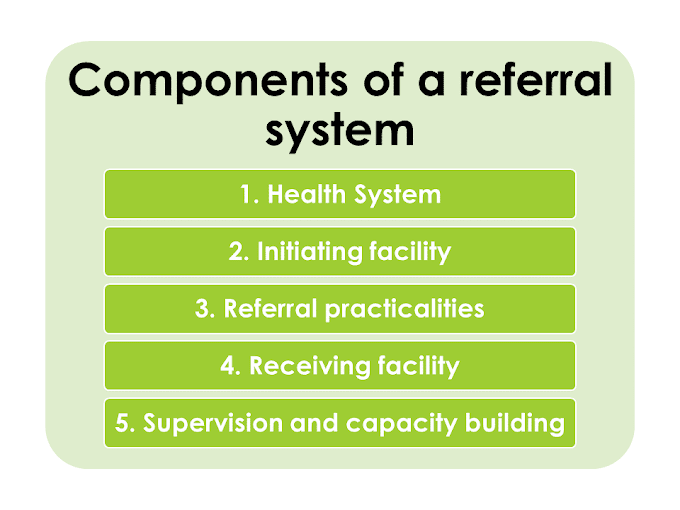What is Omphalitis?
Omphalitis is an infection of the umbilical stump.
Causes
Bacterial infection are commonly the cause of omphalitis. Aerobic bacteria are present approximately 85% of infections, predominated by Group A Streptococcus, Staphylococcus aureus, Escherichia coli, Klebsiella pneumoniae.
Anaerobic bacteria such as Bacteroides fragilis, Clostridium perfringens, and Clostridium tetani can also responsible for umbilical sepsis.
Who is at risk for omphalitis?
- Unhygienic environment of delivery.
- Exchange blood transfusion.
- Contaminated cord cutting.
- Infected hands of care giver.
Symptoms
- Periumbilical area red and swollen.
- Serious or sero-purulent with foul-smelling discharge from cord.
- Delay in cord falling.
- Fever.
- Irritability, lethargy and decreased activity.
Diagnosis
In most cases, the omphalitis simply diagnosed by doctors through physical examination of umbilical cord.
Treatment / Prevention of omphalitis
- Keep the cord clean and dry; mild soap and water may be use to clean cord.
- Keep the cord open and do not apply any bandage to cord.
- Prevent the diaper from covering the cord; fold the diaper below the cord.
- Using a clean tie or clamp on the cord.
- Washing hands with clean water and soap before handling the baby.
- An immunization for tetanus during pregnancy.
- Umbilical clamp can be removed after 24 hours if cord is dried and occluded and is not bleeding.
- Assess cord for odor, swelling and discharge.
- The new born is washed via a sponge bath until the cord falls off.
- Normally the cord is falls off within 7 to 10 days.
- If infected apply spirit, antibiotic powder, triple dye as per hospital protocols.
- Systemic antibiotic therapy.





1 Comments
You have done a great job. I will definitely dig it and personally recommend to my friends. I am confident they will be benefited from this site! Contraception - Implanons
ReplyDelete